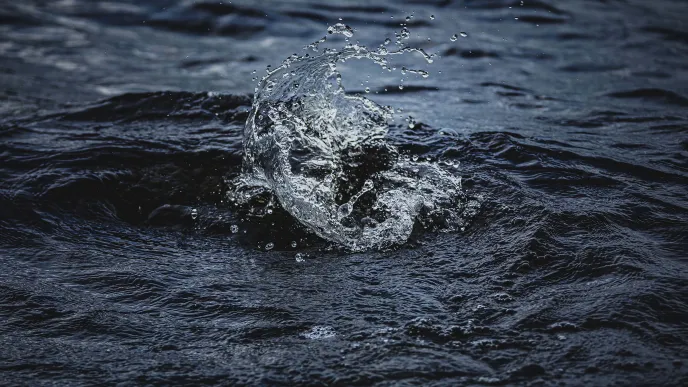Europe is reported to have the highest energy-related water footprint in the world. Another disturbing fact is that about 142 million Europeans are currently living in areas exposed to high or extremely high baseline water stress.
A study conducted at LUT University called Assessment of the water footprint for the European power sector during the transition towards a 100% renewable energy system addresses the problem of an extensive energy-based water use in Europe.
"A large share of Europe's power generation relies heavily on water availability. Considerable amounts of water are used in hydropower generation, and thermal power plants require water for cooling purposes. The electricity sector of the European Union is on average responsible for approximately 55 percent of the total water withdrawal", states Junior Researcher Alena Lohrmann from LUT School of Business and Management.
The study demonstrates that the transition to a 100 percent renewable energy system will lead to a radical decrease in the water footprint of Europe's thermal power plants. However, the projected deployment of certain renewable energy technologies such as hydropower might impose additional strain on local water ecosystems.
"Our results show that the energy transition might actually lead to an increase in energy-related water demand in some countries in Europe", Lohrmann says.
"Without a radical improvement of the water resource management in the power sector, the power plants' demand for water might surge considerably in the future. This rising water demand might lead to a further depletion of water resources and aggravation of water-related risks. This is true especially in regions which are already severely suffering from water stress."
For example, Turkey, which is characterized by high baseline water stress, is expected to have the largest water demand in Europe by the end of 2050 due to the commissioning of new hydropower plants.
"Our results indicate that discussions on the sustainability of energy transition scenarios should be expanded to include the corresponding water footprint", Lohrmann argues.

One encouraging observation is that establishing high voltage power transmission interconnections between European countries might lead to considerable water savings in the power sector.
"In previous studies we found 100% renewable power systems and interconnections between countries would result in a need for less energy generation, less generation capacity and less energy storage while also saving roughly 26 b€ per year. Now we find that the same interconnected systems can result in 28% less water use, which means reducing withdrawals by more than 18 km3 by 2050", adds Post-Doctoral Researcher Michael Child from LUT School of Energy Systems.
The article was awarded the Best Paper Award
An energy-system-wide analysis of the water demand in Europe was performed for the period 2015–2050 using the LUT Energy System Transition model for two scenarios: the Area Scenario (with electricity interconnections between European countries) and the Regions Scenario (without such interconnections).
The article Assessment of the water footprint for the European power sector during the transition towards a 100% renewable energy system (2021) was published in Energy, an international, multi-disciplinary journal in energy engineering and research. Energy is one of the leading journals in the field.
The article was previously presented at the 15th Conference on Sustainable Development of Energy, Water and Environment systems (SDEWES) and was awarded the Best Paper Award. The article was written in collaboration with the researchers of the LUT School of Energy Systems, Post-Doctoral Researcher Michael Child and Professor Christian Breyer.









